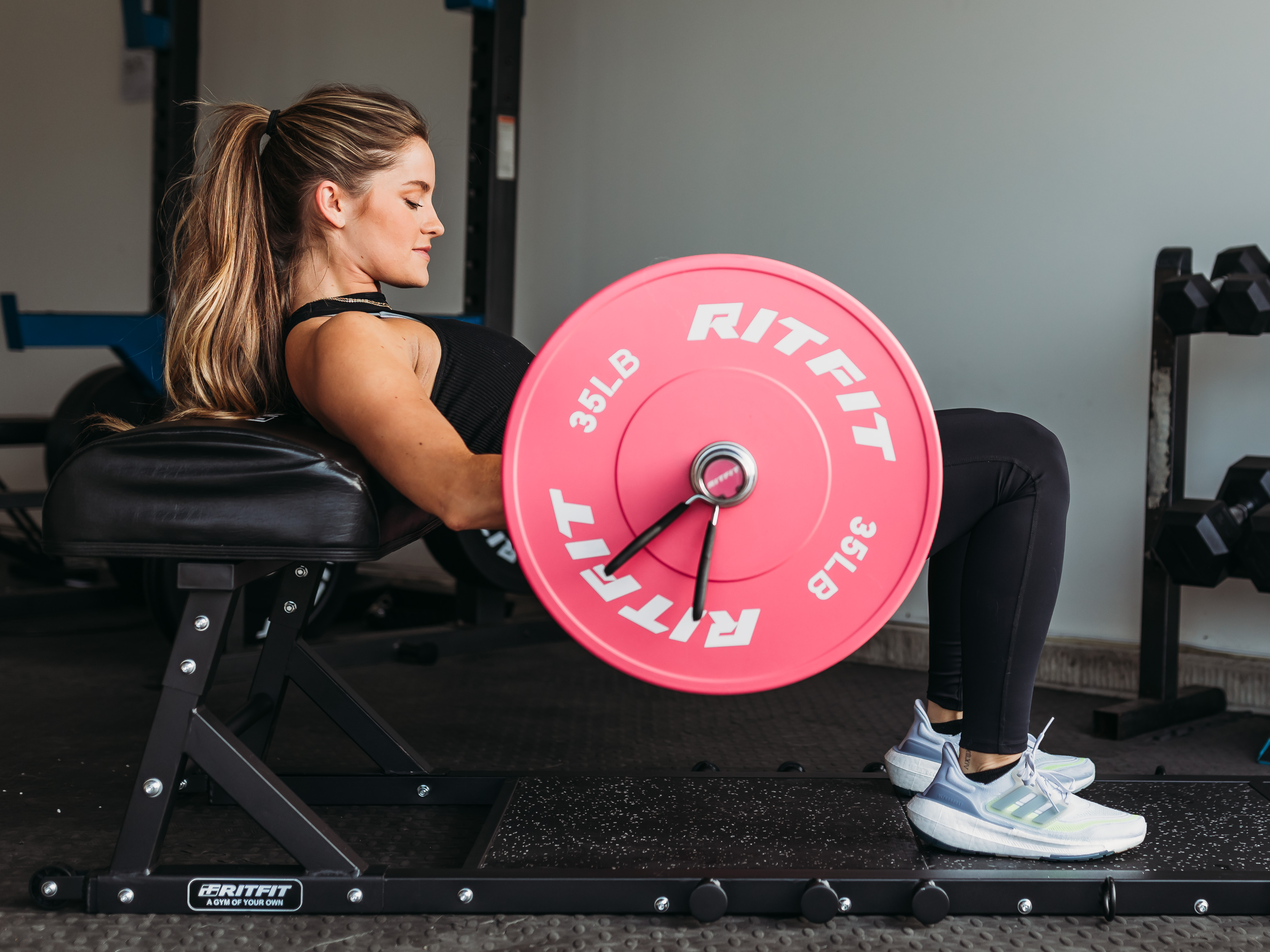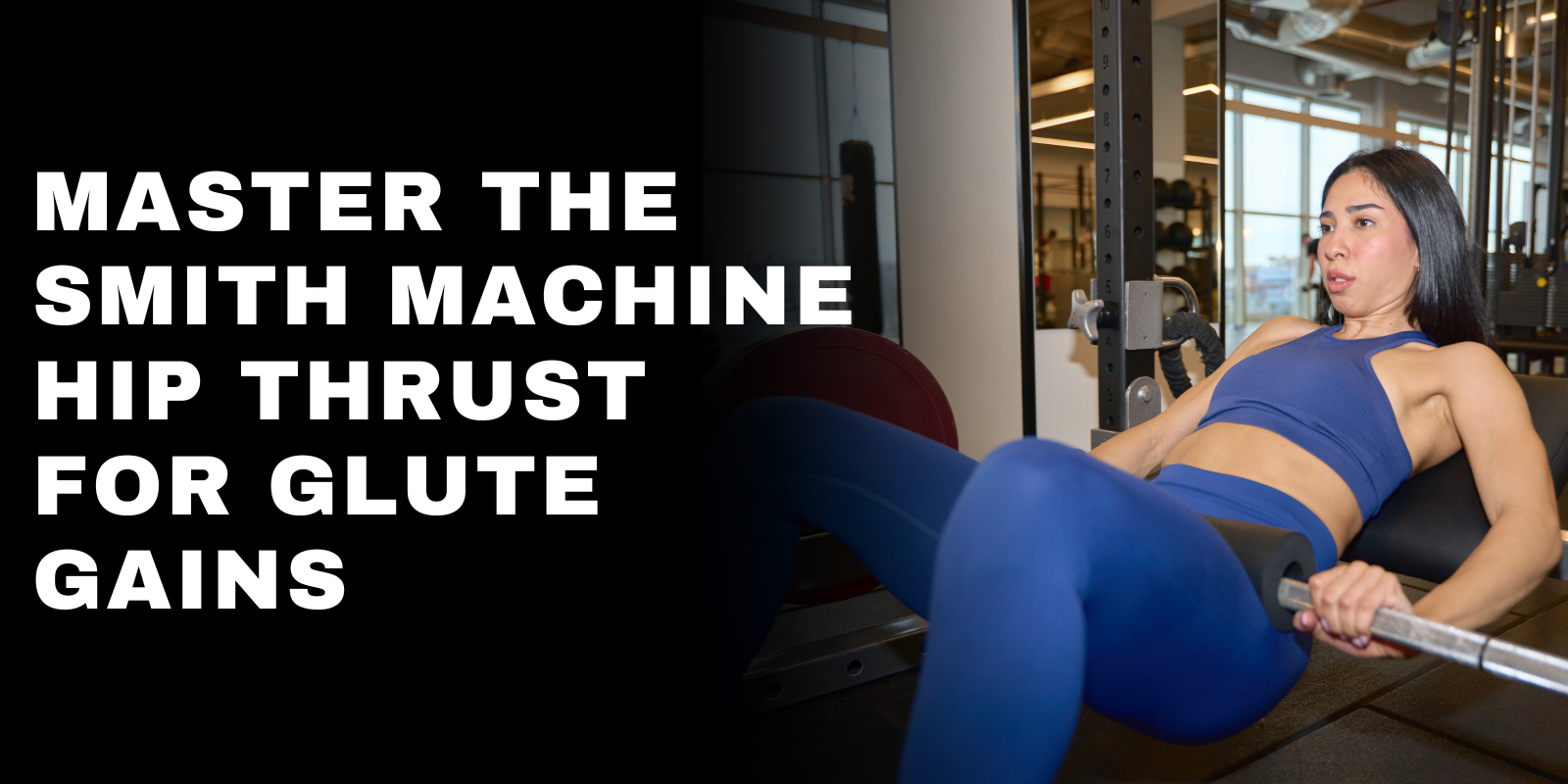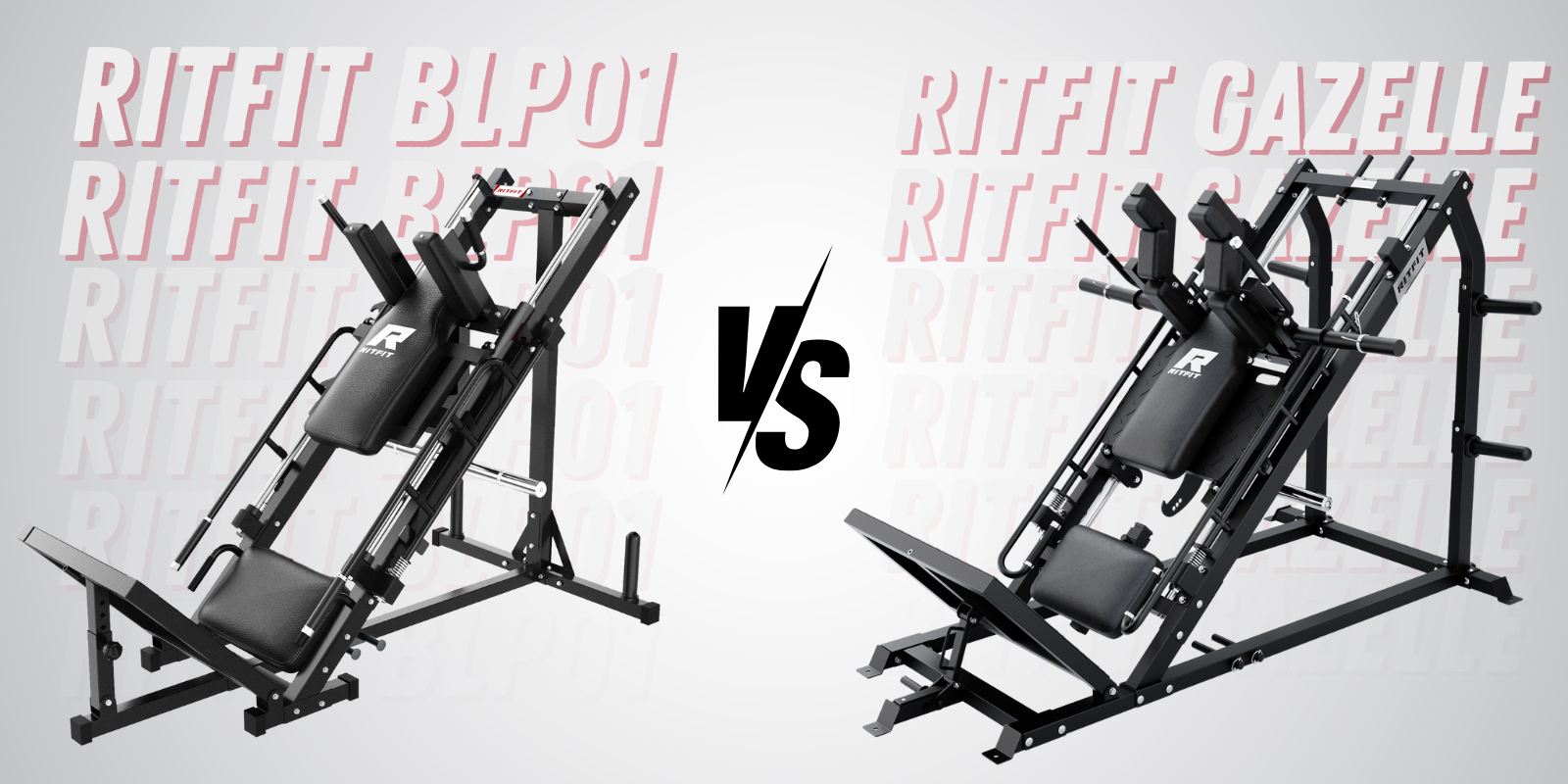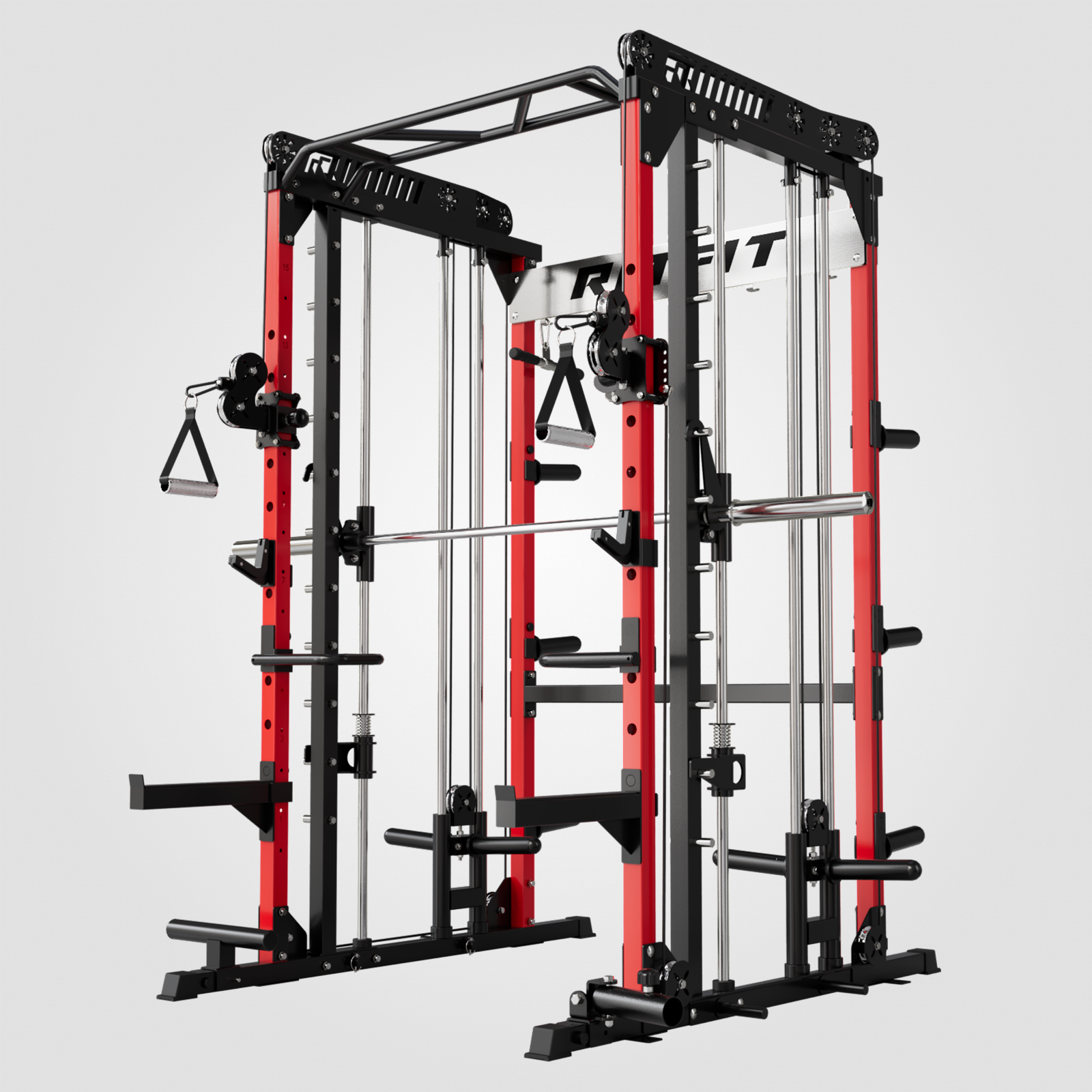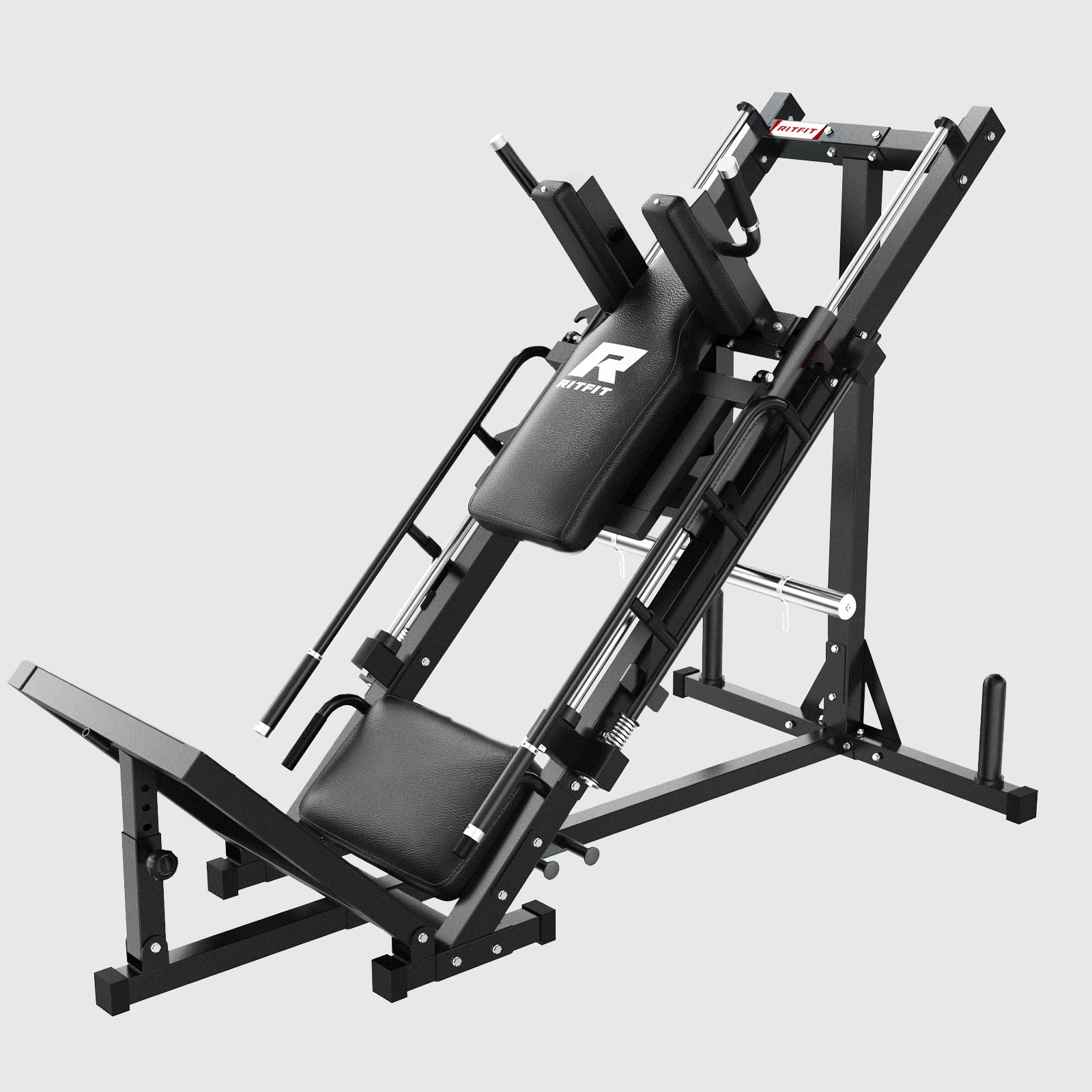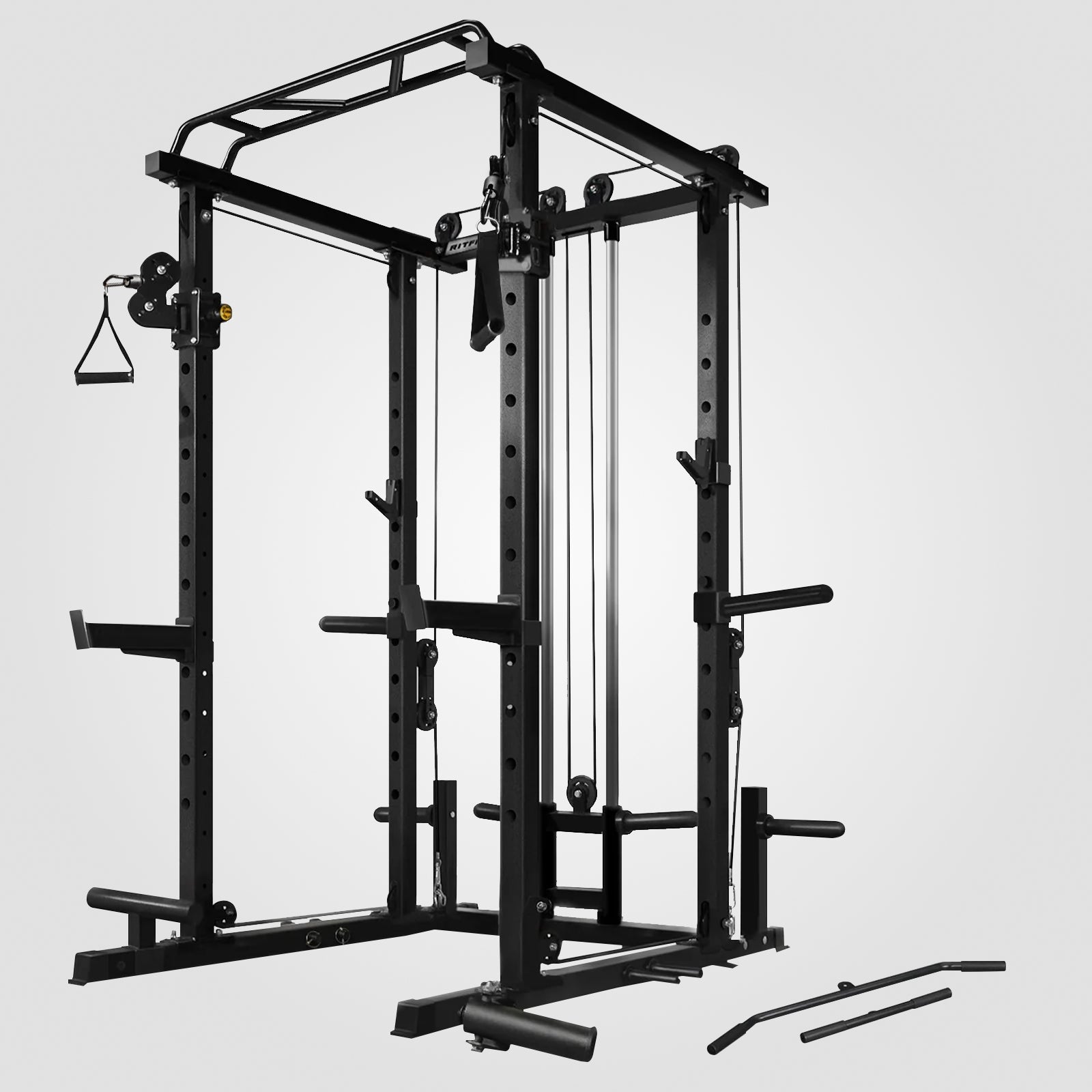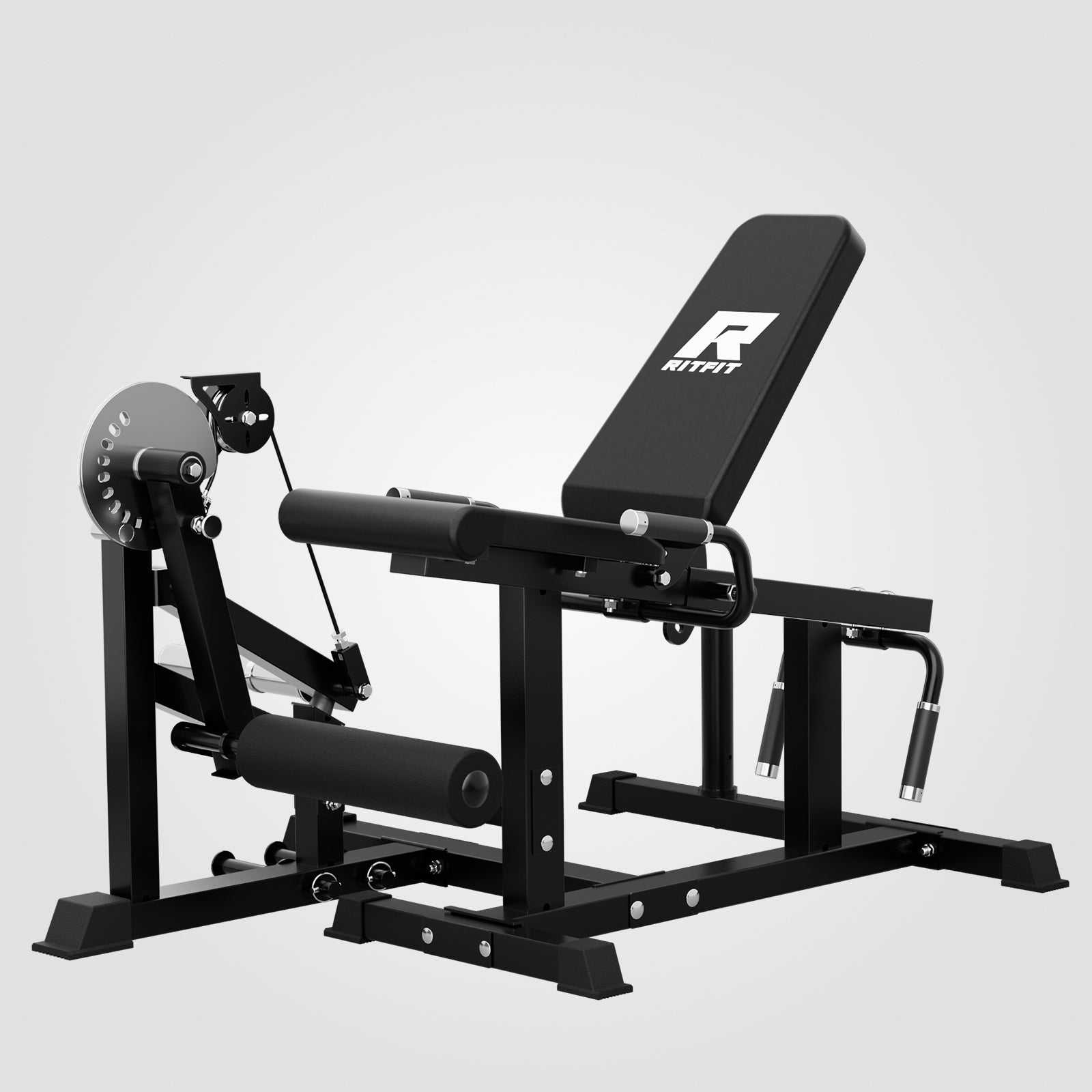When you think of a basement what comes to mind? Is it a dark and damp place where you only go to do laundry or find a place to hide some junk out of the way? What if your basement could serve another purpose: something that helps you live a better life, stay in shape and feel great about yourself?
Creating a basement gym is easier than you think. In this article we’ll examine ways to transform your basement into a comfortable and functional space for training. You’re going to need some basement gym equipment, but, first off, you’ll need to take a bit of time to think things through and do some planning.
Assessing your basement gym space

source from: https://www.newavenuehomes.com/blog/building-a-backyard-gym
The first step involves assessing the space. What ceiling height are you working with? What is the area of the floor space? Let’s make some assumptions here for the sake of a typical basement gym scenario.
If you’re not sure how to calculate your floor area, simply break up the space into a number of square or rectangular shapes, and then add up the square feet you have calculated for each. I don’t need to remind you but it’s as simple as multiplying the length by the width. No need for laser measures or expensive measuring equipment.
Let’s assume that you’ve got floor space equal to 450 square feet and a ceiling height of 84-90 inches. This ceiling height is the minimum as per building code today in most parts of the United States. This is an important number when selecting what kind of rack or cable equipment for your basement gym.
So we’re working with a fairly large space. This is great if your goal is long-term strength and fitness development. You can add basement gym equipment over time and always keep your training fresh. For those of us with smaller home gym spaces, the options are a bit more limited.
Choosing a place for each piece of basement gym equipment
Take out some paper and a pen and draw a rough floor outline of your basement gym space. Using the area you calculated above, make sure the drawing is more or less accurate to scale. This is to allow you check out the required floor space of basement gym equipment items you plan to add.
For example, you may have a long straight space where you could set up some battle ropes, or push a sled. You could have a corner that would be perfect for storing dumbbells and kettlebells. Perhaps there is an empty wall next to which you could place a home gym power rack system. Consider where you could store equipment such as an adjustable bench.
Think about lighting and where you might install mirrors on the wall. If you benefit from natural light in parts of your basement gym, you should plan to set up basement gym equipment there to maximize your time by those windows. Light, especially daylight, plays a critical role in human health (Aguilar-Carrasco, et al., 2021). You’ll probably be able to open those windows too, allowing you to enjoy some fresh air and extra oxygen while you’re training.
Choosing the right basement gym floor surface
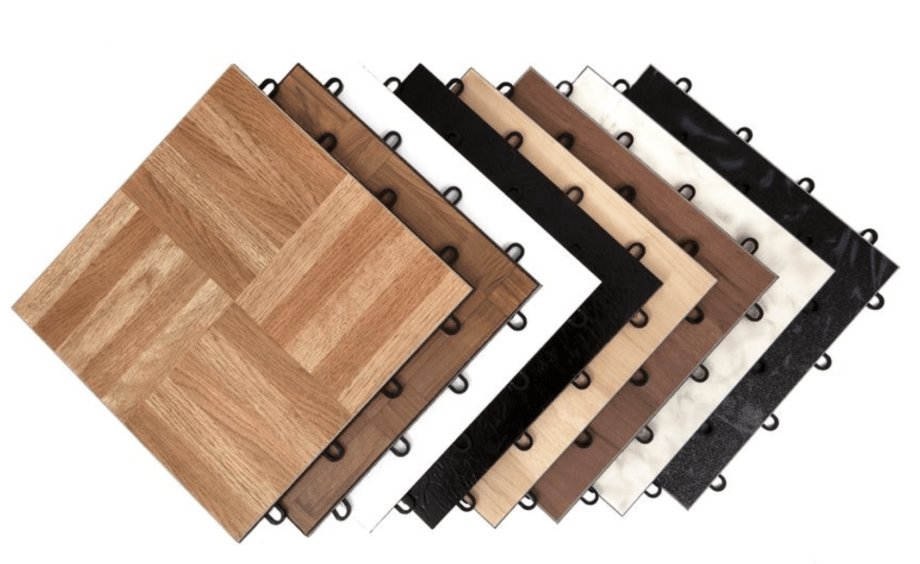
source from: https://www.garagegymreviews.com/best-home-gym-flooring
Most of us who have basement gyms do not live alone. And most of us don’t want to disturb other people when we’re working out in our basement gyms. There are a number of important considerations when it comes to reducing the amount of noise that travels up from the basement gym to the rest of your house.
Probably the most important thing is to invest in good quality floormats. It may seem like an unnecessary purchase. Why bother trying to protect the hard concrete basement gym floor? It’s not like you’re trying to make the space look pretty.
It’s more than that, however. Installing the right basement gym floormats provides a number of key benefits. First, the floormats are sound absorbent so you can drop weights without worrying about the noise reverberating around the house and bothering other people. Next, rubber basement gym mats protect both the weights that you drop, and the floor underneath them. Third, they look great – with good quality ¼ to ½ inch rubber floormats you can achieve that “we mean business” gym aesthetic. Finally, they increase your own safety and comfort, potentially minimizing slip risks because of increased traction while also providing cushioning if you do happen to fall.
Which basement gym equipment should I start with?
One other consideration when it comes to basement gym rubber floormats: the relative reduction in your ceiling height. You’re going to want to invest in some high quality, multi-function basement gym equipment and, as we mentioned above, this will likely include some kind of rack system.
If you are installing rubber floormats throughout your basement gym, that extra ½ inch could create a problem for you if you’re setting up a rack that is now too tall for your basement gym ceiling. A lot of home gym owners are restricted due to a lack of space. In contrast, many basement home gym owners often face ceiling height limitations.
With this in mind, you still don’t want to waste space in your basement gym. To help give you an idea of some options for a rack and cable system combination package, I’ve got a few recommendations based on their height:
|
Height |
Features |
Rack |
|
82 inches |
Smith Machine, lat pulldown, plate storage, pullup bar, barbell storage, cable row, landmine attachment |
|
|
85 inches |
Smith Machine, double cable stack, lat pulldown, plate storage, multi-grip pullup bar, barbell storage, cable row, landmine attachment, safety bars |
|
|
86.9 inches |
Smith Machine, dip bar, leg press board, double cable stack, lat pulldown, plate storage, multi-grip pullup bar, barbell storage, cable row, landmine attachment, safety bars, 260 lbs weight stacks and safety lock |
Summary
Don’t forget to measure your basement gym ceiling height in multiple locations around the area. It is common for there to be 1-2 inches of variation in places, especially in older buildings.
If you’re just getting started with your basement gym, it may feel daunting trying to know where to start. But if you just follow the easy steps above, you’ll soon get some ideas and then you’ll be able to create a plan.
And because you’ve got a large space to work with, you’ll be starting an exciting home gym adventure, adding more and more basement gym equipment and taking your training space to the next level each time.
References
Aguilar-Carrasco, M.T., Domínguez-Amarillo, S., Acosta, I., Sendra, J.J. (2021) Indoor lighting design
for healthier workplaces: natural and electric light assessment for suitable circadian stimulus Opt. Express 29: 29899-29917



